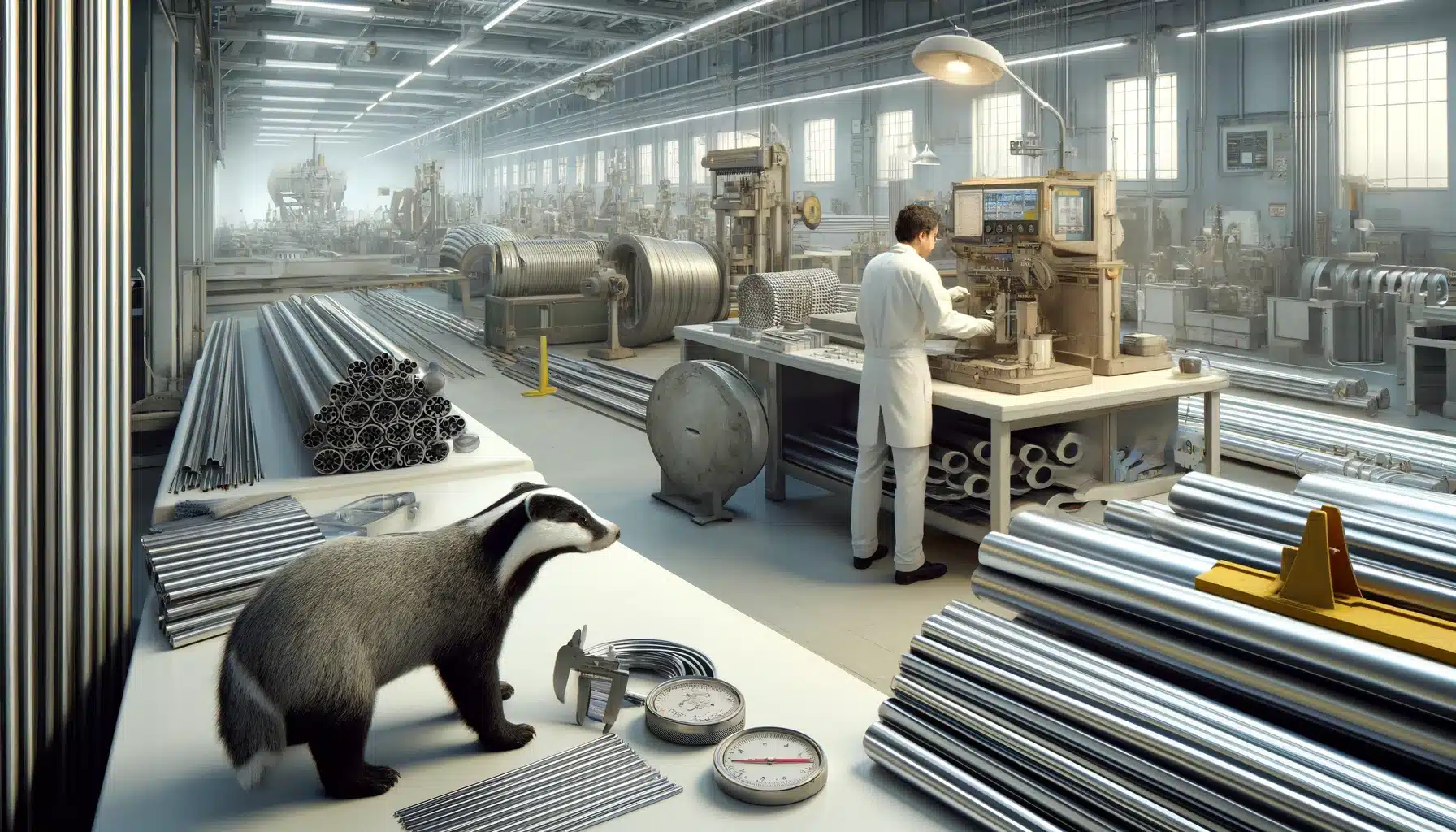By Brian Piekarski, Owner of Badger Sanitary and Stainless
In the intricate landscape of stainless steel tubing, the right size is more than just a measurement; it’s a crucial determinant of performance and efficiency. As the owner of Badger Sanitary and Stainless, I understand the importance of choosing the correct size of stainless steel tubing for your specific applications. Let’s delve into the key considerations that can guide you through this precision-oriented decision.
1. Understanding Your Application Requirements:
The foundation of selecting the right size of stainless steel tubing lies in a thorough understanding of your application. Consider the nature of the fluids or gases being transported, the pressure requirements, and the environmental conditions. Different applications, whether in the food industry, pharmaceuticals, or industrial settings, may have unique demands that influence tubing size selection.
2. Internal Diameter (ID) and Wall Thickness:
Two fundamental dimensions to scrutinize are the internal diameter (ID) and the wall thickness of the tubing. The internal diameter determines the flow capacity, while the wall thickness impacts the tubing’s strength and pressure-handling capabilities. Striking the right balance between these dimensions is critical for optimal performance.
3. Flow Rate and Velocity:
Consider the required flow rate for your application. Calculating the flow velocity within the tubing helps determine whether the chosen size can efficiently transport fluids or gases without compromising performance. Aim for a velocity that aligns with the specific requirements of your application without causing excessive turbulence or pressure drop.
4. Pressure and Temperature Considerations:
Evaluate the operating pressure and temperature conditions that the tubing will face. Stainless steel tubing is known for its durability and resistance to high temperatures, but selecting the right size ensures that the tubing can handle the specific pressures and temperatures associated with your application without compromising its structural integrity.
5. Compatibility with Fittings and Connectors:
Consider the compatibility of the tubing size with fittings and connectors. Ensuring a seamless integration between tubing and connectors is essential for leak-free connections. Verify that the chosen size aligns with industry-standard fittings and connectors to facilitate easy installation and maintenance.
6. Environmental and Regulatory Compliance:
In industries such as food, pharmaceuticals, and chemical processing, adherence to sanitary and regulatory standards is paramount. Ensure that the chosen tubing size complies with industry-specific regulations, including standards for cleanliness, materials, and overall safety.
7. Future Expansion and Flexibility:
Anticipate future needs and potential expansions. Choosing a size that allows for scalability and flexibility in adapting to changing requirements can save time and resources in the long run. Consider the potential for modifications or additions to the system and ensure that the selected tubing size accommodates these possibilities.
Precision in Performance Matters
Selecting the right size of stainless steel tubing is a precision-oriented process that significantly influences the performance and reliability of your systems. At Badger Sanitary and Stainless, we understand the intricacies of tubing selection and offer a range of sizes crafted to meet the diverse needs of different industries.
Feel free to reach out if you have any inquiries or if you’d like assistance in choosing the optimal size of stainless steel tubing for your specific applications. Precision in performance begins with the right choices.

